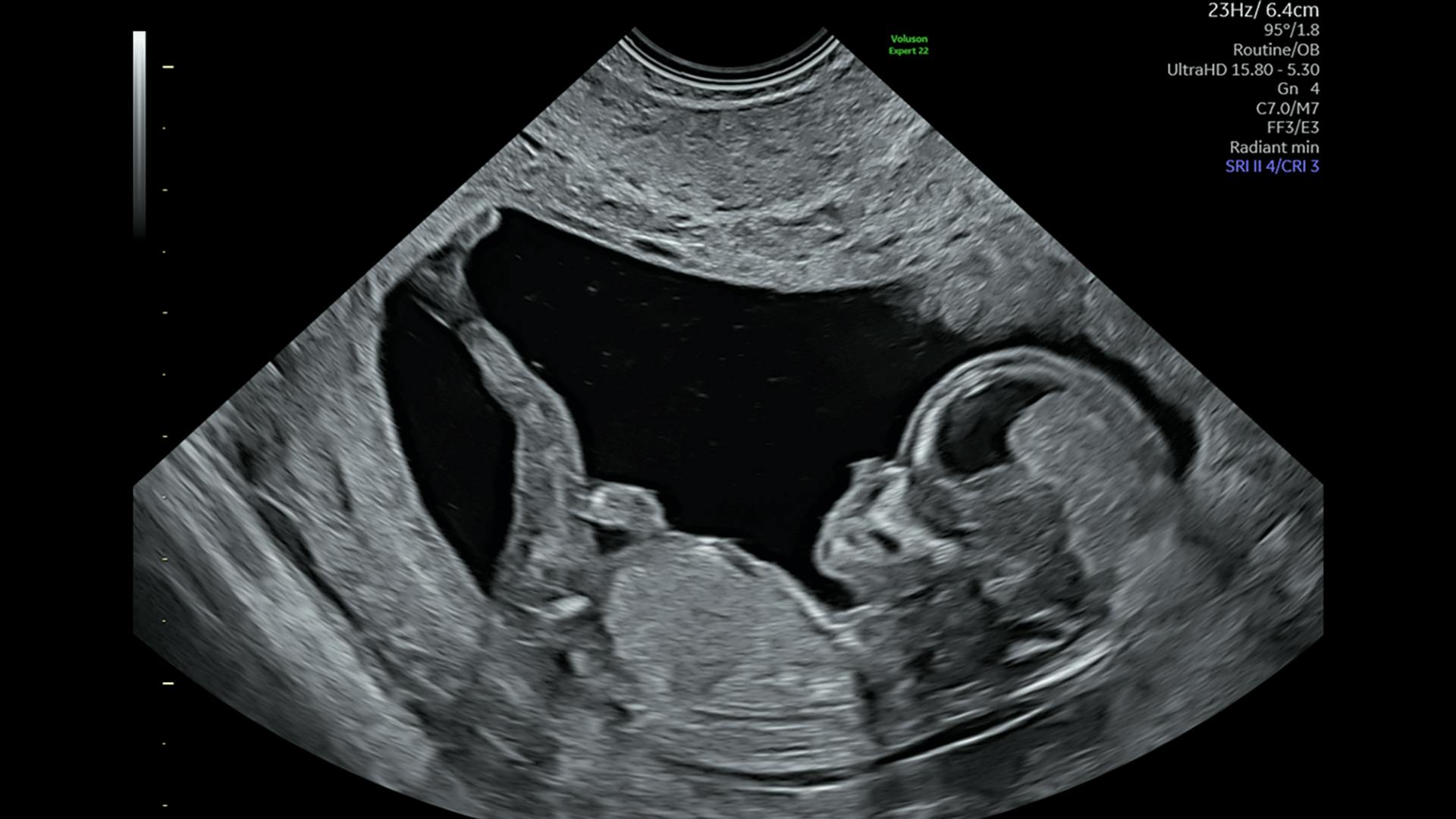Ultrasounds have become a routine part of prenatal care, but patients may choose to forego ultrasounds during pregnancy over safety concerns. Prenatal care providers may find themselves called upon to consult with their patients about the safety of ultrasound in pregnancy and to discuss the potential harms that might result without the support of ultrasound.
When a patient chooses to proceed with a pregnancy without ultrasound, an explanation of its benefits — as well as the safety data and theoretical risks associated with ultrasound — can go a long way toward easing the patient's mind and ensuring that they are fully informed.
Benefits of Ultrasound for Pregnant Patients
Ultrasound during pregnancy has many benefits that go far beyond determining whether or not the fetus might have a birth defect.
Ultrasound's benefits start early in the pregnancy. The first-trimester ultrasound is the most accurate way of determining the due date. Nearly 1 in 4 pregnancies will have a due date correctly assigned by ultrasound that differs from the due date assumed by the last menstrual period. An accurate estimated date of delivery can be very important at the end of a pregnancy to prevent delivery from going too far after the due date or when it is necessary to deliver a pregnancy early due to complications like hypertension. An accurate due date is also critical for determining the presence of growth restriction for patients with certain risk factors.
Early ultrasound is also beneficial for the diagnosis of ectopic and molar pregnancies. Ultrasound can help determine the number of gestations present and promote the appropriate management of twin and higher-order pregnancies. This care needs to start early in the pregnancy in order to reduce the burden of morbidity and mortality associated with certain types of twin pregnancies, particularly those that are monochorionic.
Mid-trimester ultrasounds can support the detection of certain fetal conditions which have interventions available prior to delivery that can lead to dramatically improved outcomes for the baby. This includes fetal conditions such as bladder outlet obstruction, anhydramnios, chylothorax, certain neural tube defects and several other anatomic abnormalities. Proven available antenatal treatments can be lifesaving.
Ultrasound in Coordination of Care and Delivery
Many fetal anatomic abnormalities require intervention either at the time of delivery or immediately afterward. These require coordination of care and delivery at special centers in order to avoid significant morbidity or death. Examples include certain fetal neck masses and lung abnormalities that require an EXIT procedure, a variety of cardiac abnormalities that require care by pediatric cardiothoracic surgeons shortly after birth or several abdominal wall defects that require care by specialized pediatric surgeons immediately after birth. Ultrasound is key to identifying these abnormalities and delivering at an appropriate center with applicable equipment and staff. This is essential to providing a good outcome for the newborn.
Ultrasound can also help clinicians detect several conditions that change the route of delivery deemed safe for the baby. Vasa or placenta previa — which universally require a cesarean delivery — may be discernible with ultrasound, and care teams can correct fetal malpresentation if detected in advance of labor. Ultrasound has the additional proven benefit of increasing bonding between the parents and baby. Many patients with certain risk factors will also require ultrasounds to decrease the chance of profound fetal injury or death.
The Safety of Ultrasound in Pregnancy
These benefits must be weighed against the potential harms of prenatal ultrasound. This is even more important for patients who might be questioning the safety of ultrasound for their pregnancy.
Ultrasound has had a strong track record for pregnancies for more than 30 years. There is no ionizing radiation associated with its use. However, there can be potential thermal and mechanical effects associated with sound waves. This could potentially result in either heat for fetal tissues or cavitation of spaces from the formation of gas bubbles from liquids due to ultrasound waves. These phenomena are well-understood, and ultrasound machines used in pregnancy are regulated by the FDA to prevent unsafe levels of acoustic exposure.
These adverse bioeffects have been demonstrated in animal models with unsafe levels of acoustics, and this sometimes concerns patients, who then question the safety of ultrasound. However, these effects have not been seen in humans, and decades of epidemiological analysis have failed to show any negative effects associated with ultrasound for developing pregnancies.
Current safety standards utilized in human ultrasonography err significantly on the side of caution based on observations from animal studies. The ALARA principle — standing for "as low as reasonably achievable" — guides the modern utilization of ultrasound in pregnancy. In practical terms, this means using ultrasound only when indicated and minimizing both exposure time and levels of energy.
Prenatal care providers should reassure patients that only the minimal amount of ultrasounds will be performed, and with the least amount of acoustic exposure possible, in order to maximize the many benefits of ultrasonography to the parent and fetus.




